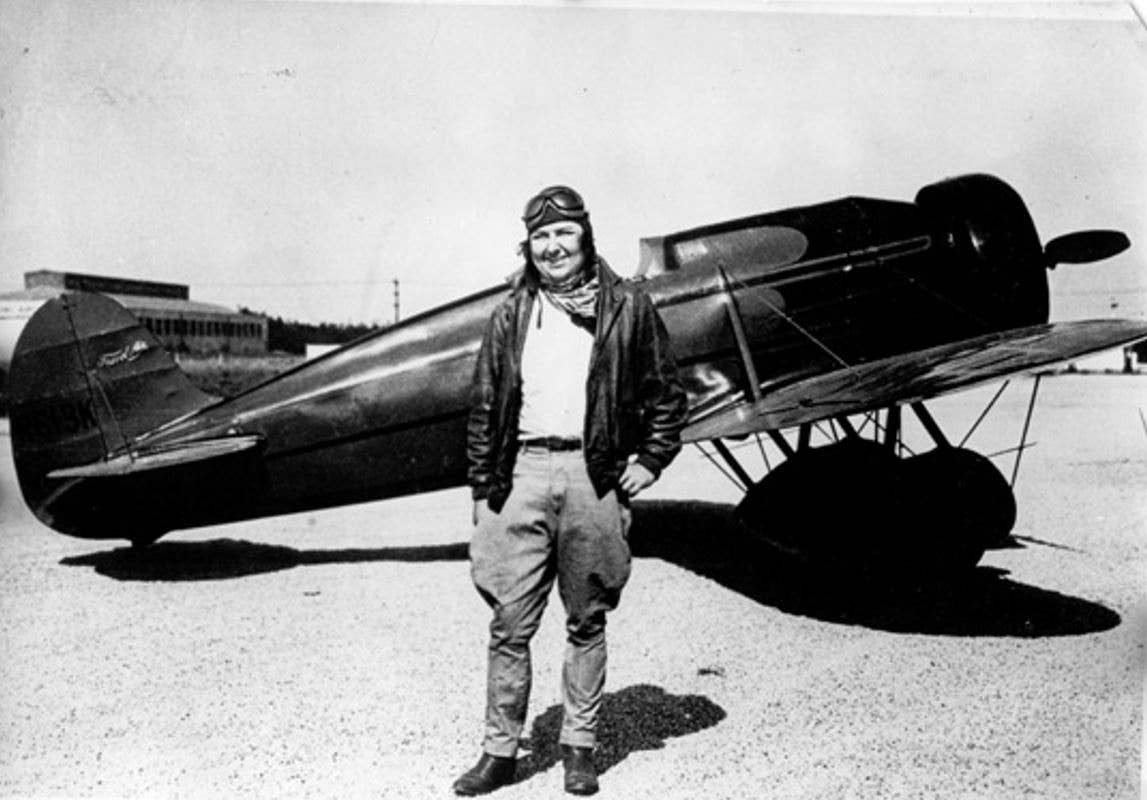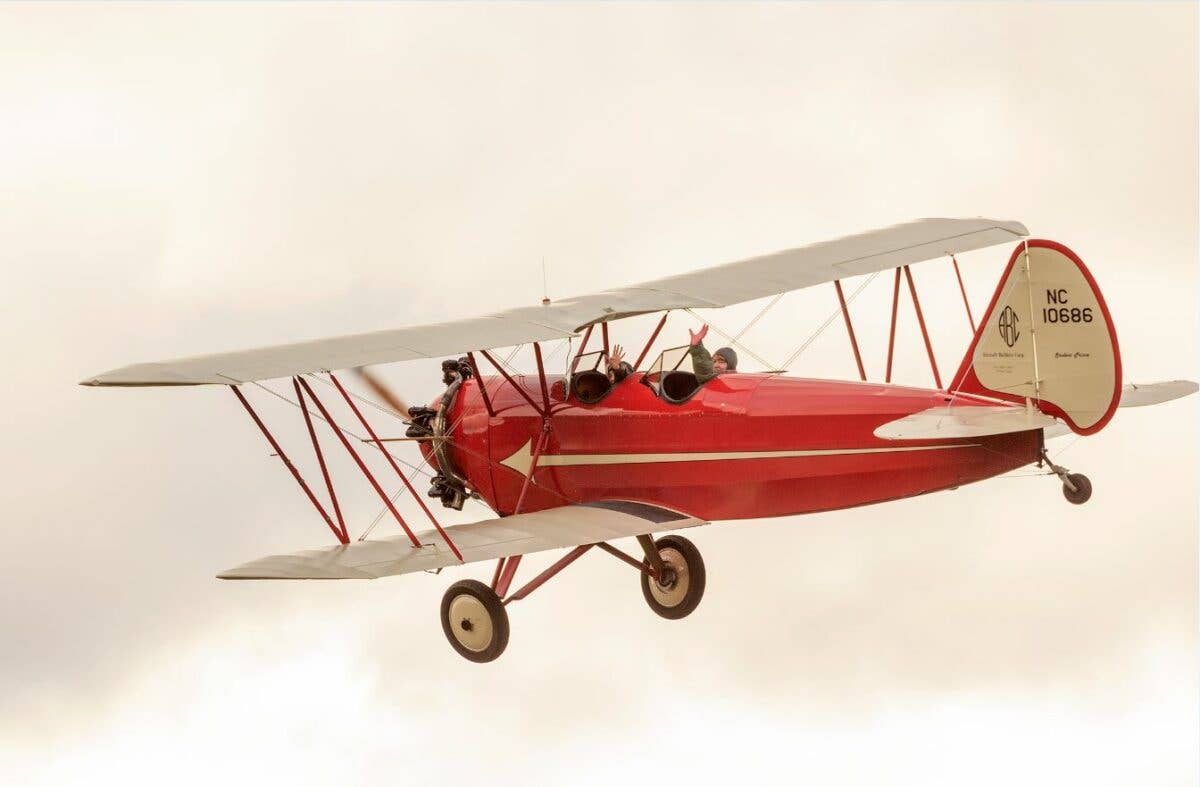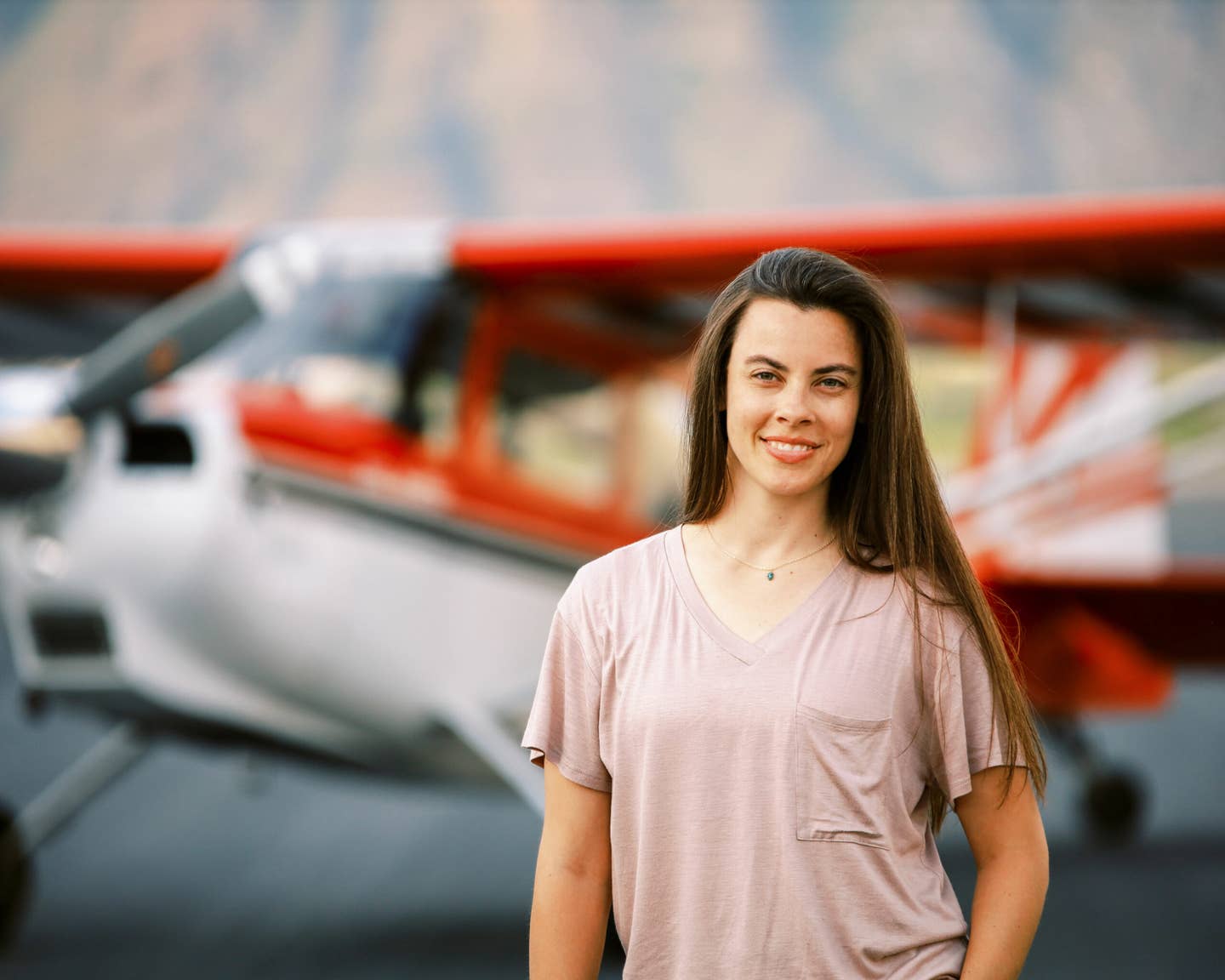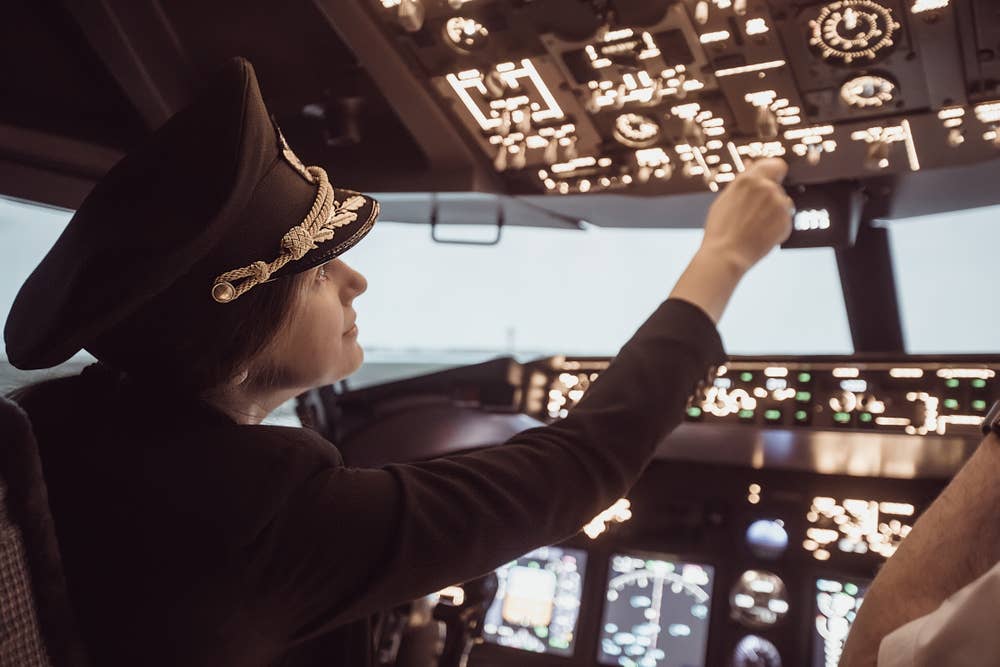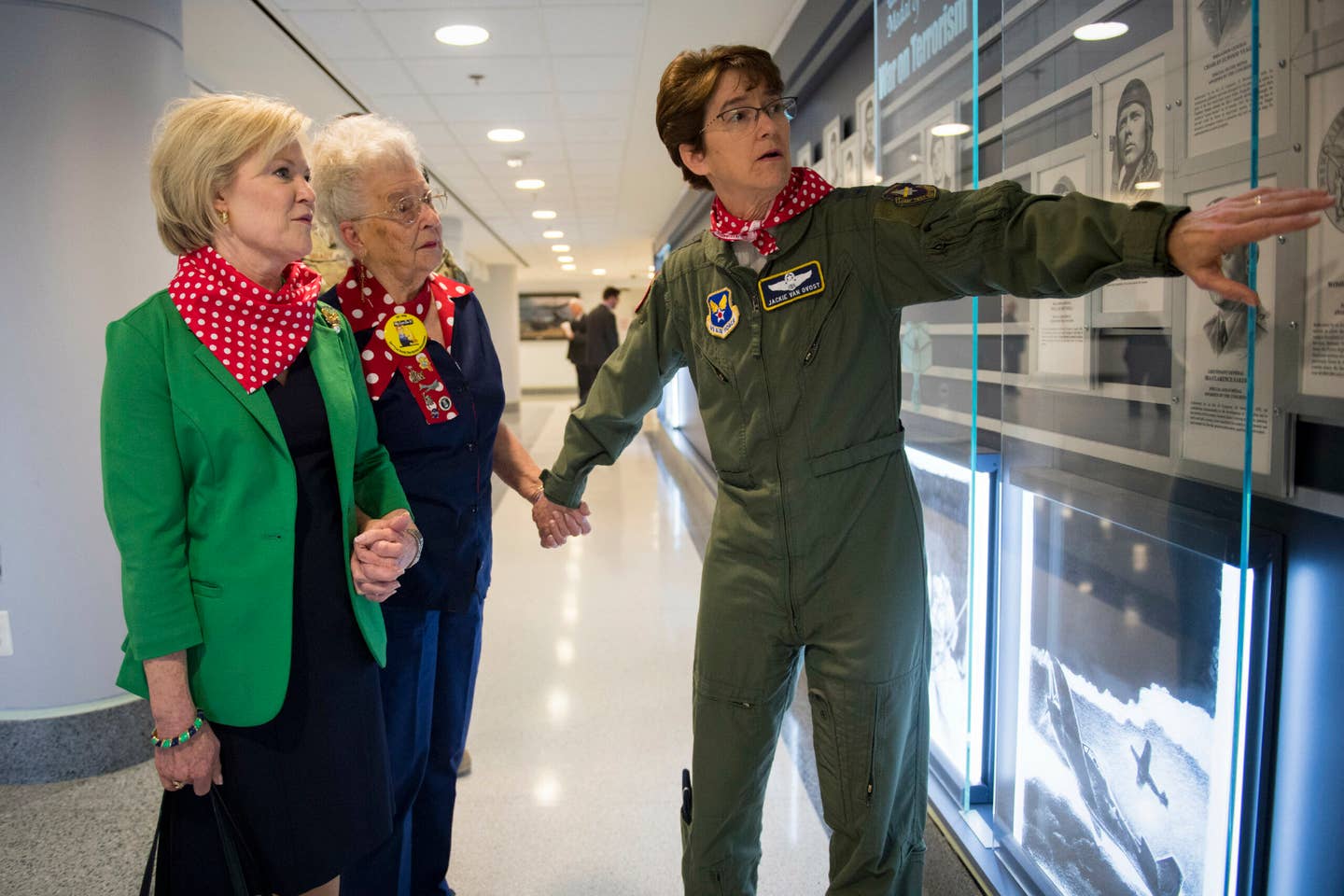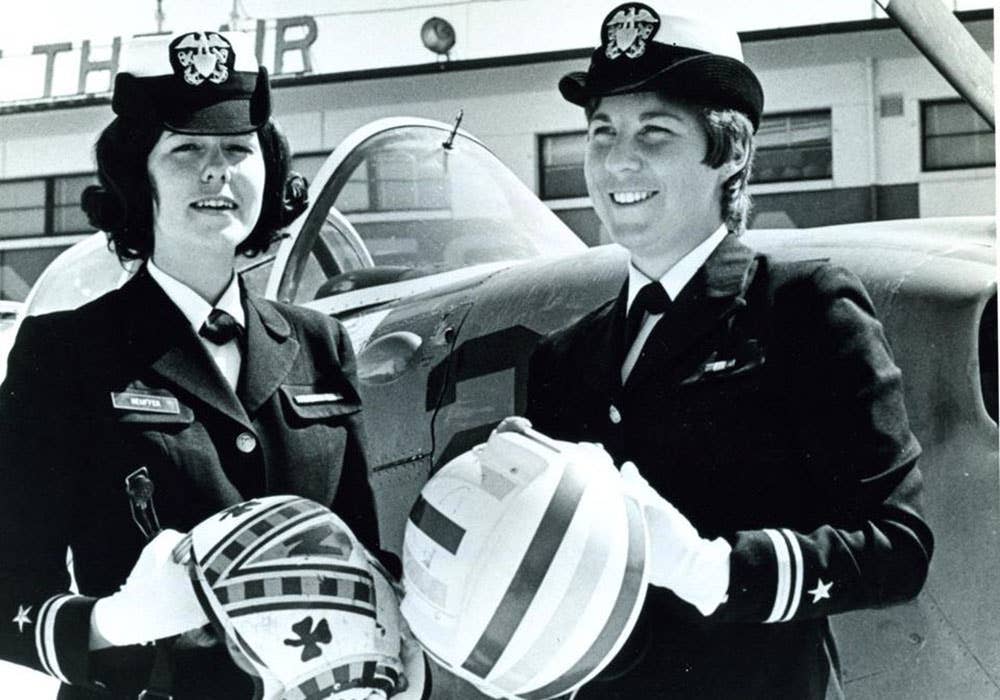Sewing for Boeing
Before Rosie the Riveter, women made their mark on aviation manufacturing by hand-stitching fabric coverings on aircraft.
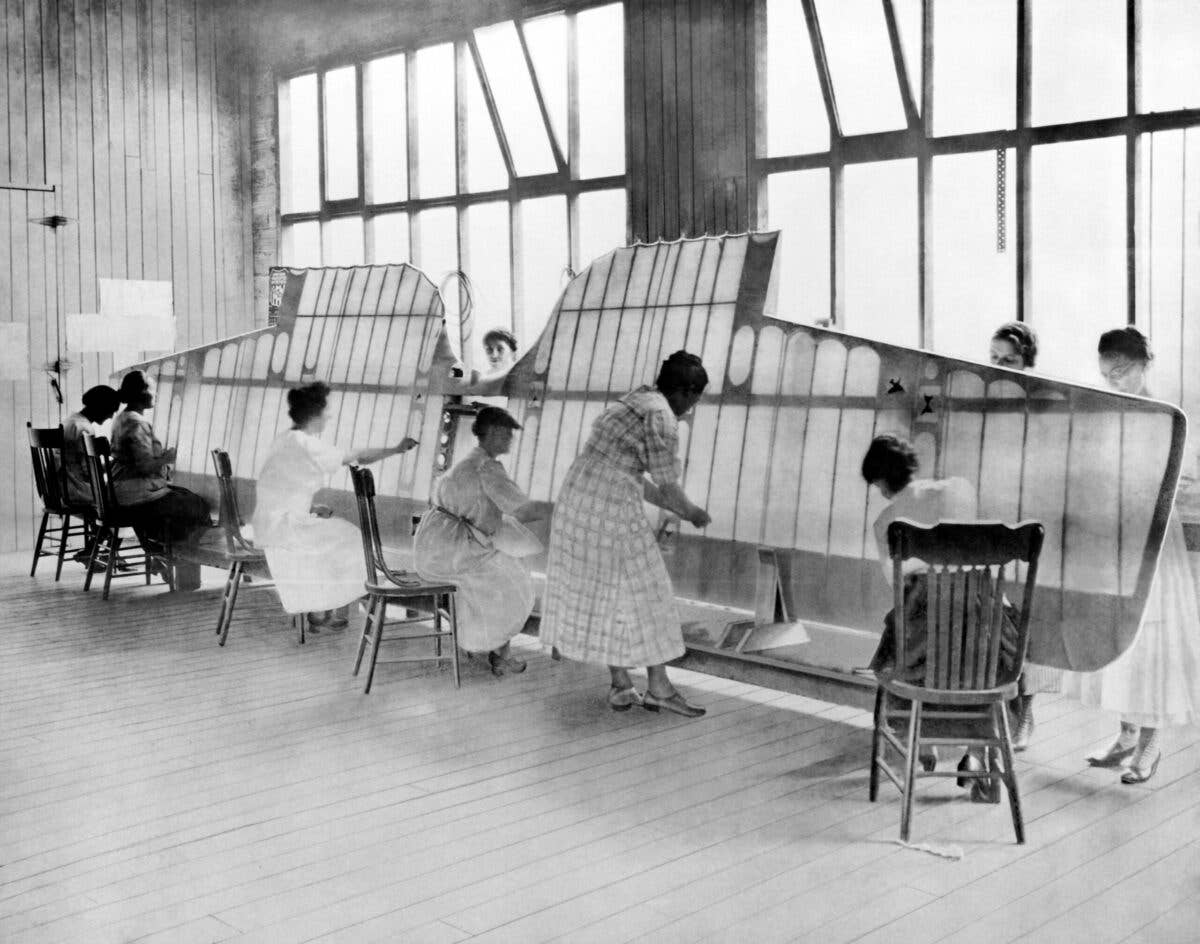
The Boeing factory had large windows to allow light in. Good lighting was necessary for such close work. [Courtesy: The Boeing Company]
Most aviation aficionados have seen the black-and-white newsreel footage of women working in aircraft factories during World War II. They became known as "Rosie the Riveter," or in California, the "Janes Who Made the Planes." They were the women who took these factory jobs to free up men for fighting.
But this wasn't the first time women were part of mass aircraft construction.
In the 1920s when aircraft were constructed of wood and fabric, women were hired for their sewing skills by both The Boeing Company and Douglas Aircraft Company. At the time, they represented two of America's largest aircraft producers. The women were hired to hand-stitch the fabric covering of the ribs on wings of the airplanes. The tools for this craft were a long needle, wax-covered thread, a thimble, and scissors.
Tedious Work
The women worked with reams of linen, cutting them into the proper shapes and joining the panels together using a sewing machine. The panels were then drawn over the wooden frame of the wing, with special care taken to line up the seams.
It took 10 women to cover a wing. The women would pair up, one on either side of the wing, and pass the needle back and forth through the fabric, making sure the stitches covered the wing spars.
It was tedious work, notes Boeing historian Michael Lombardi. "(The wing) had to be meticulously covered to exacting specifications for planes to operate efficiently and safely," he said.
According to Lombardi, advancing to using the sewing machine was considered a bit of a promotion, as the seamstresses who handled the rib stitching often suffered from numbness in their hands from the repetitive work.
Once the stitches were in place the wings were treated with a chemical known as dope, which would shrink, harden, and tighten the fabric.
Meanwhile, at the Douglas Aircraft factory in Santa Monica, California, a similar if not identical process was happening. There, the women were led by none other than Charlotte Douglas, the first wife of factory owner Donald Douglas.
In an early Douglas factory—within a repurposed film studio on Wilshire Boulevard—the teams of women carefully covered the six Douglas World Cruisers that would attempt to circumnavigate the globe in 1924. Two airplanes, the Chicago and the New Orleans, completed the journey, carrying the efforts of those women around the world.

Sign-up for newsletters & special offers!
Get the latest FLYING stories & special offers delivered directly to your inbox

